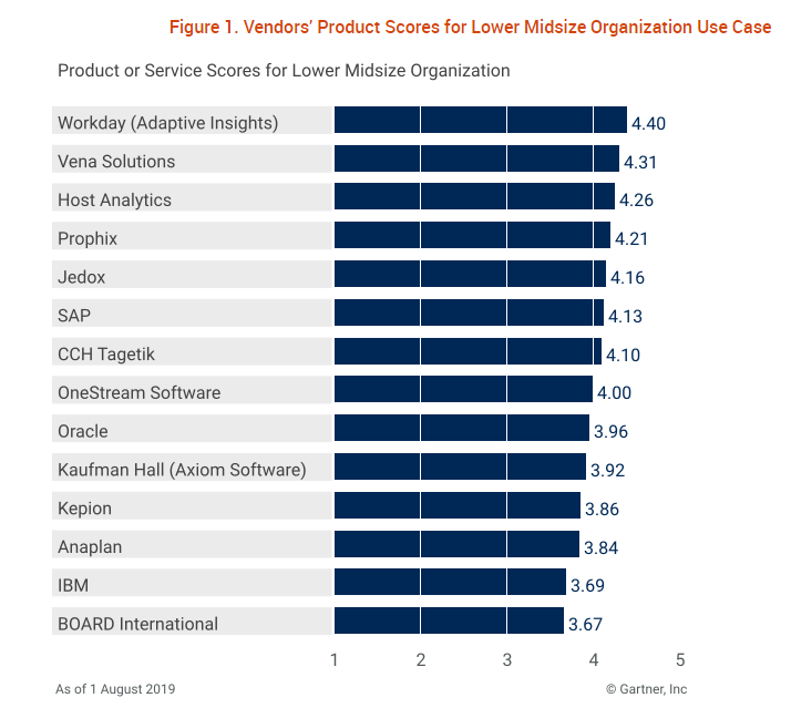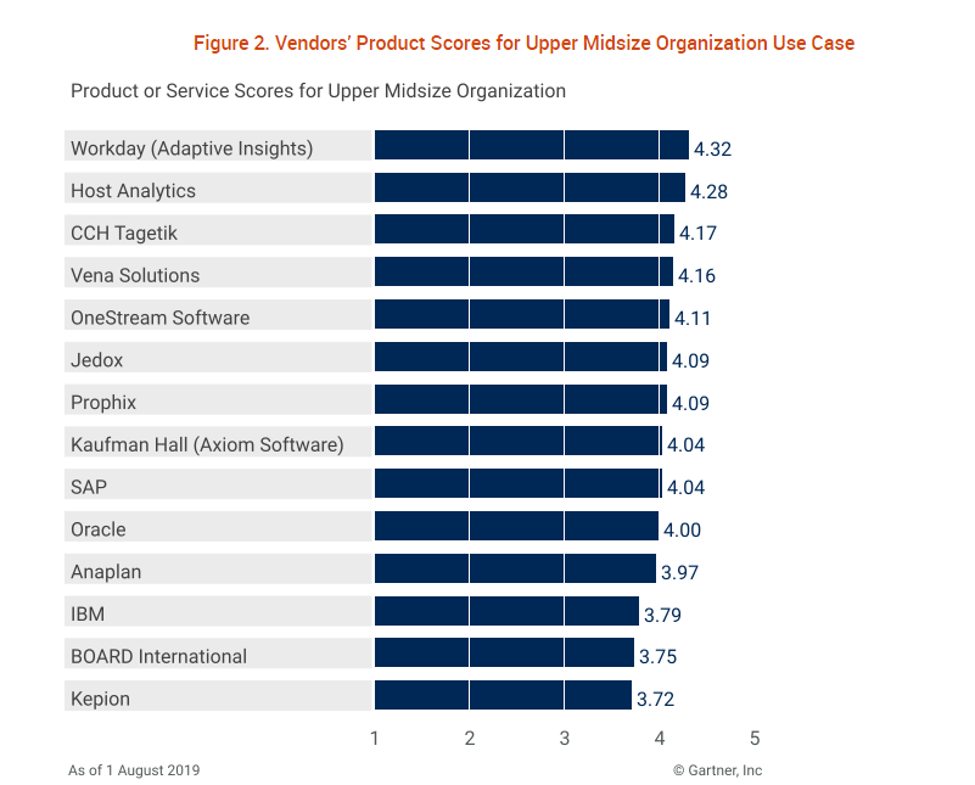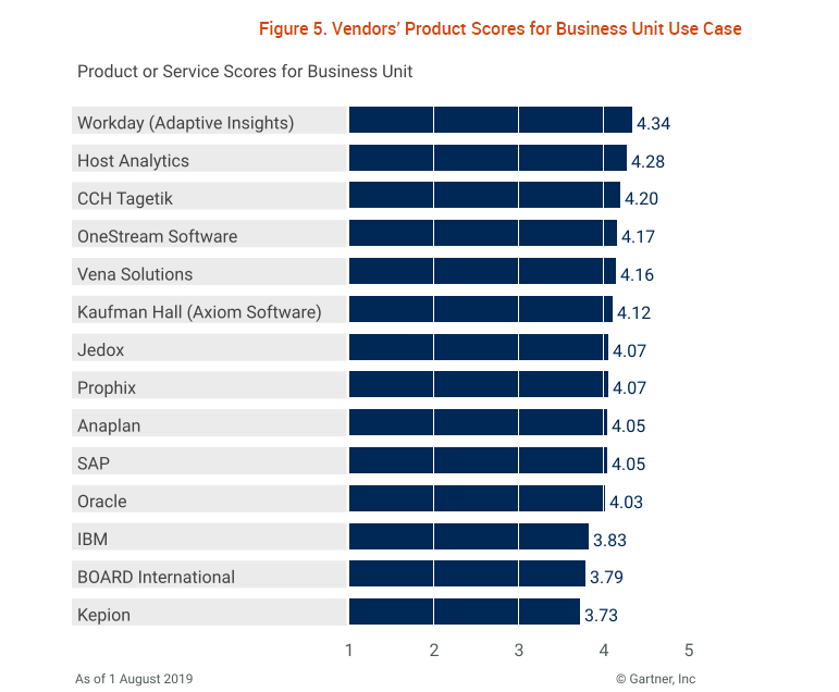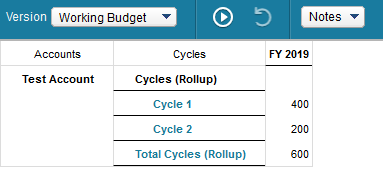This is a guest blog post from our partner Workday Adaptive Planning, written by Gary Cokins. Cokins explains why traditional budgeting is no longer adequate for most companies.
Traditional budgeting is simply too slow and too rigid to keep up with today’s rapidly changing business environment. There is great volatility, complexity, and uncertainty in the future. Gone are the days when budgets could be one-and-done — tied to a fixed point in time and too inflexible to adjust to quickly changing business opportunities and challenges. In today’s world, a startup can be up and running and profitable in three months and disrupt its competitors. Consider Uber and Airbnb as examples. If your company takes nearly as long to develop an annual budget, it will be extremely difficult to fight off the upstarts or keep up with your established competitors.
The solution? A flexible, continuous budgeting and forecasting process that helps you anticipate change and focus on outcomes rather than outputs. Rolling financial forecasts are emerging as a valuable planning method to augment the annual budget.
Here are five tips to modernize your budget process:
Tip 1 – Just say no to one-and-done
Now more than ever, December’s fiscal year-end budget numbers often bear little resemblance to July’s realities—requiring more streamlined, accurate, and responsive budgets and forecasts. Annual budgeting won’t go away, but spending weeks and months processing data and reconciling spreadsheets that are out of date soon after the consolidated master budget is published doesn’t cut it anymore.
Modern budget solution:
● Increase the frequency of budgets and forecasts to reflect shifting business conditions
● Make decisions and plans based on data-backed insights rather than old and stale information
● Change how resources are allocated throughout the year and how it incorporates real-time opportunities and challenges
Tip 2 – Focus on business drivers, not cost centers
Traditional budgeting focuses on allocating resources to cost centers, but business objectives (e.g., projects, products, service lines) are cross-functional with end-to-end business processes. By assigning resources to projects and processes, budgets and forecasts reflect company-wide versus cost-center specific performance.
Modern budget solution:
● Enable organization-wide access to reports and data that allows everyone to have visibility into project-level and process-level performance
● Review forecasts against project and process budgets to eliminate confusion among competing departments
● Provide real-time information for the needed insights to support better decision-making at all levels of the organization
Tip 3 – Create rolling forecasts
More than ever, fluctuating market conditions make accurate forecasts extremely challenging. Rolling financial forecasts help manage funds and provide visibility into business performance using time horizons that reflect the speed of your business.
Modern budget solution:
● Generate rolling financial forecasts that accommodate real-time shifts in market conditions
● Enable self-service reporting so everyone in the organization can measure their performance against companywide KPIs
● Help everyone understand the downstream effects of their resource allocation decisions
Tip 4 – Look forward, not back
Most budgets and forecasts are outdated before you push “publish” or soon afterward. And some factors are impossible to take into account (natural disasters, broken supply chains, work stoppages). The rear-view mirror orientation of traditional budgeting (last year’s actuals create this year’s budgets) can’t keep up with the speed of modern business. Look through the windshield.
Modern budget solution:
● Respond faster to shifts in market conditions with real-time access to financials
● Adjust outdated budgets and forecasts as change occurs
● Move leadership discussions toward insight, planning, and action, rather than using the budget as a cost control mechanism
Tip 5 – Use the right tools for the job
Creating a budget process that keeps up with the pace of today’s business requires a comprehensive, collaborative, and continuous planning platform—one that gives you robust, accessible reporting and modeling capabilities; dashboards that provide visibility into overall company performance; and automated tools that streamline budgeting and forecasting processes.
Modern budget solution:
● Enable comprehensive planning that aligns the priorities and actions of everyone across the organization around common KPIs
● Create opportunities for collaboration by giving everyone access to the data they need and deserve
● Adjust and update budgets and forecasts on a continuous basis so you can navigate volatile market conditions in real time
Don’t let traditional budgeting lock you into outdated assumptions and fixed targets. Some managers view the fiscal year budget as a “contract” with handcuffs that they cannot get out of to minimize unfavorable variances from their allotted cost center budget expenses. This short-term focus jeopardizes the longer-term view. The modern FP&A professional knows the truth: Aligning budgets and forecasts with comprehensive plans lays the groundwork for proactive rather than reactive planning—a significant strategic advantage in today’s highly competitive environment.
Gary Cokins is an internationally recognized expert, speaker, and author in enterprise and corporate performance management (EPM/CPM) systems. He is the founder of Analytics-Based Performance Management LLC. Gary can be reached at gcokins@garycokins.com
This blog post was originally published on the Workday Adaptive Planning blog.
Read more guest blog posts from our partner Adaptive Insights:
FP&A Done Right: What is Financial Modeling?
FP&A Done Right: How to Improve your Financial Reporting Process
















